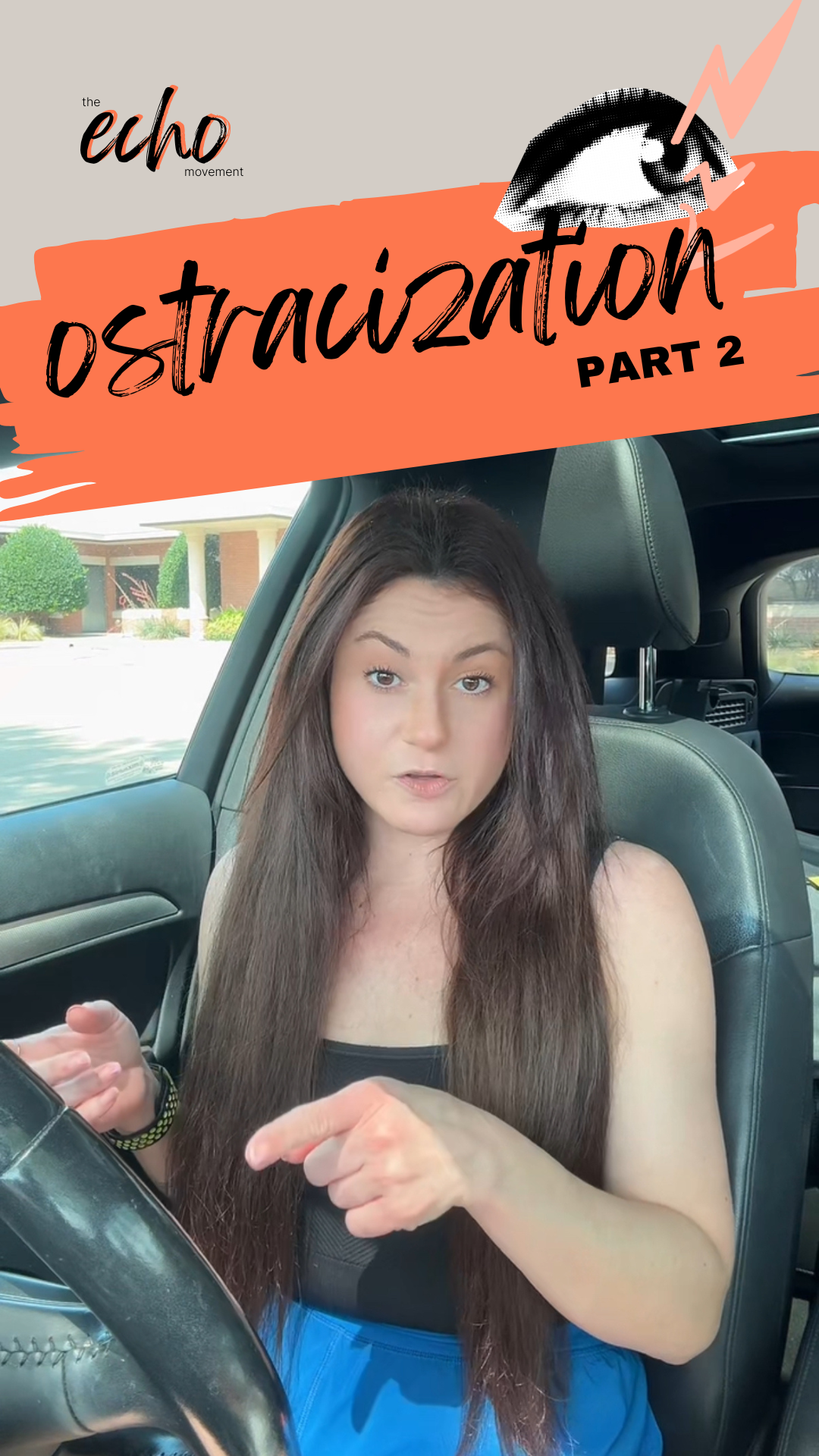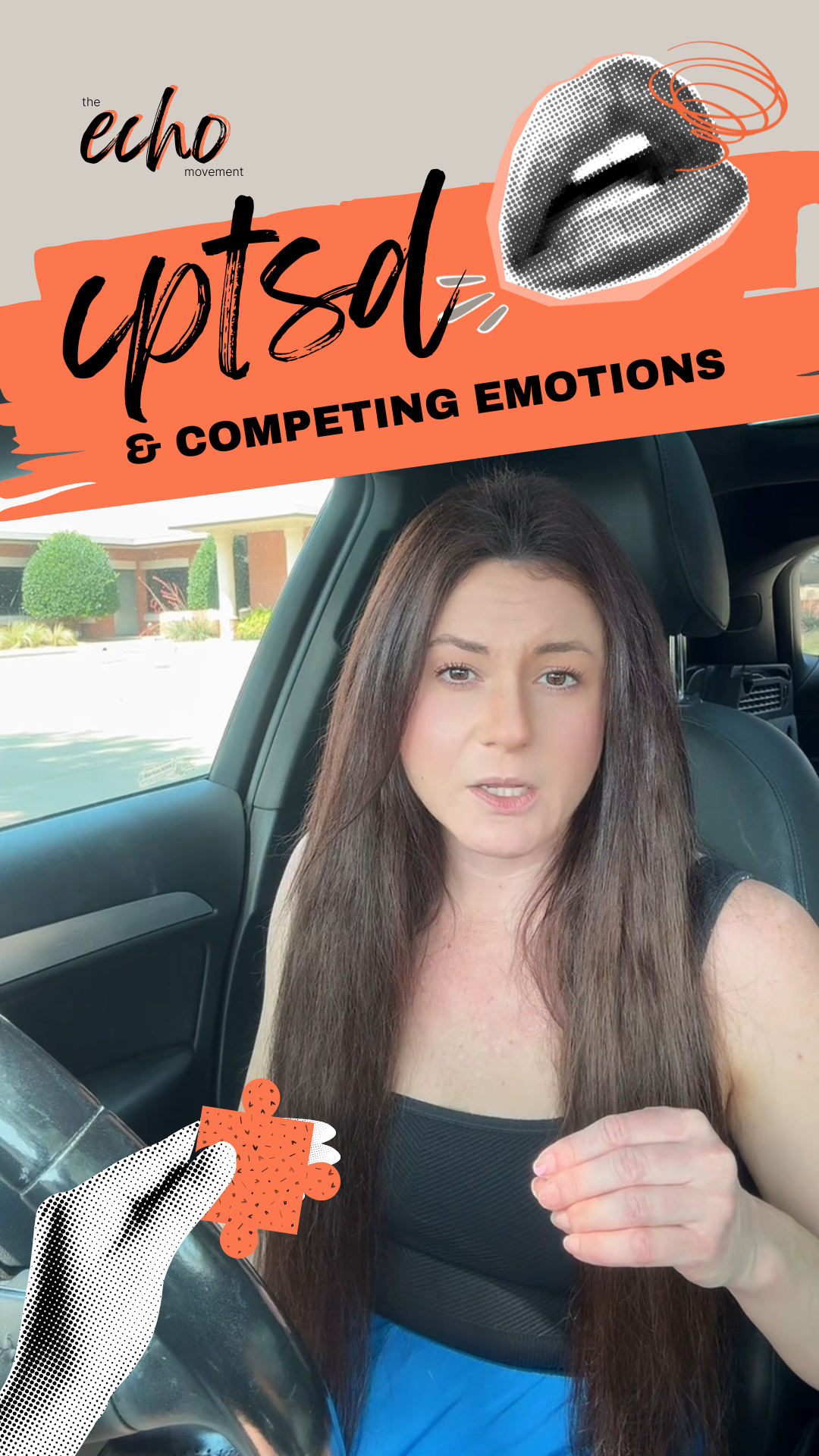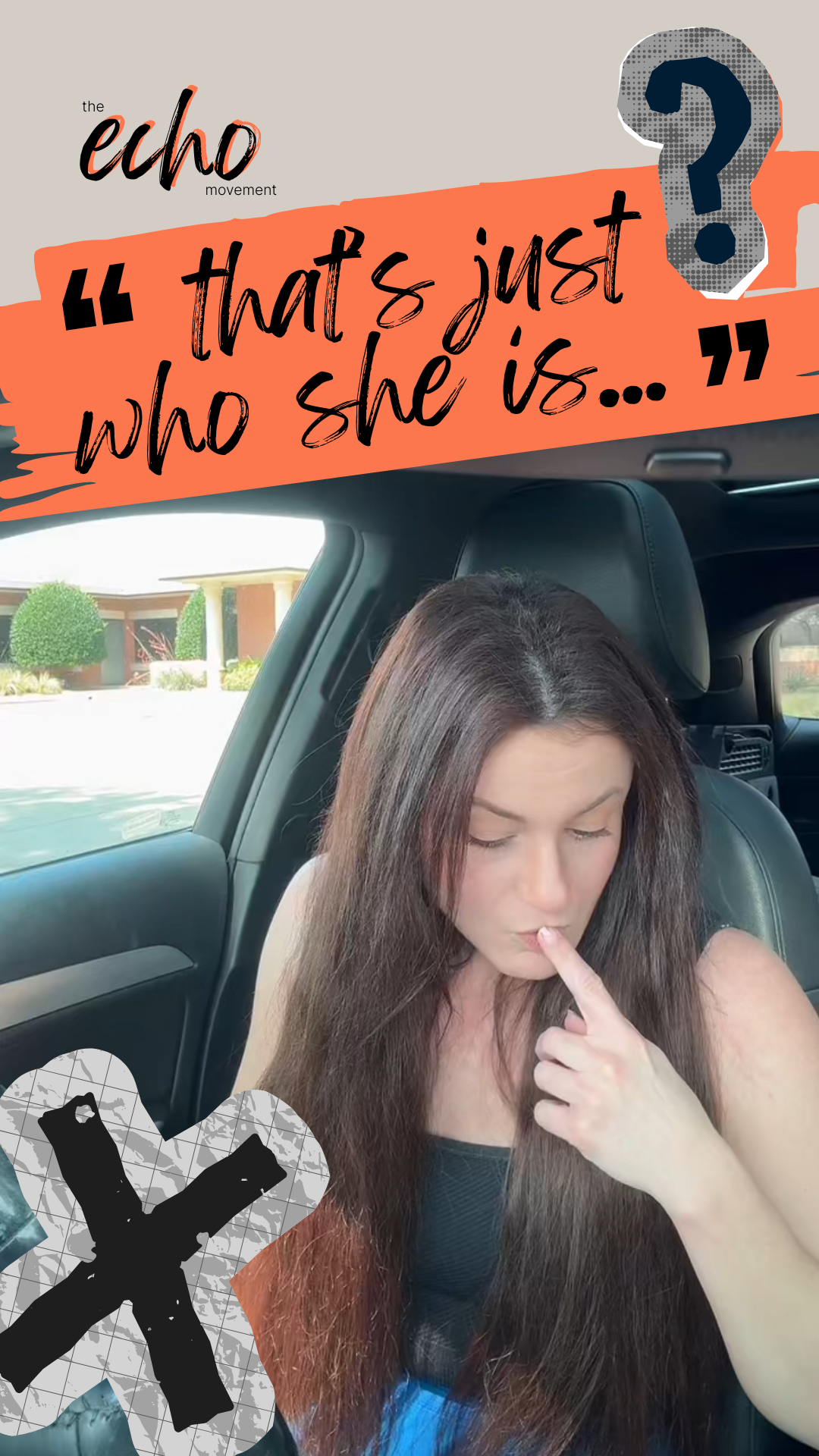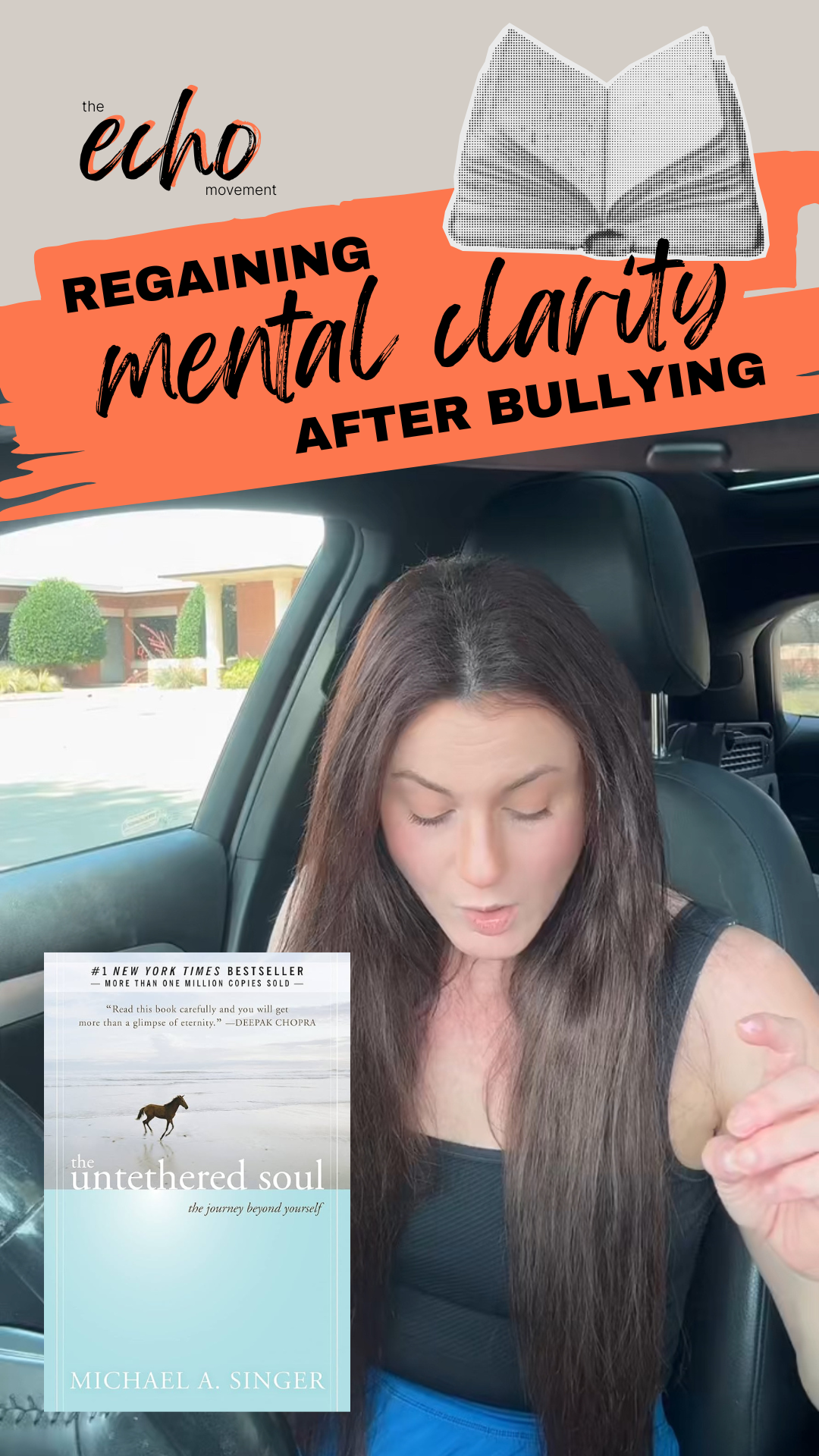The Community Bully: A Hidden Threat in Plain Sight
When we think of bullying, we often picture schoolyards or locker rooms—but adult bullying is just as real, and often much more covert. One of the most dangerous forms? The community bully.
This type of bullying often hides in plain sight—behind PTA meetings, block parties, fundraisers, and neighborhood Facebook groups. It’s gossip disguised as concern. Exclusion disguised as discretion. And behind the performative smiles? Real psychological damage.
What Is Community Bullying?
Community bullying refers to social bullying and emotional abuse carried out by adults in neighborhood, school, or local organizational settings. These bullies weaponize groupthink, social clout, and reputations to control narratives and isolate targets.
They don’t throw punches—they throw suspicion.
They don’t confront—they conspire.
And in some tragic cases—like the death of Aubreigh Wyatt, a 13-year-old girl bullied by adult women in her small town—this behavior turns deadly.
Signs of a Community Bully
They Hide Behind the “Helper” Mask
Often, the community bully appears helpful or involved. They bake the cupcakes, organize the charity drive, and smile at every school pickup. But behind the scenes, they:
- Spread rumors
- Manipulate group dynamics
- Sabotage reputations
- Leverage social exclusion as a weapon
They Rely on Silence and Social Power
Community bullies rarely act alone—they thrive in silence. Most people won’t speak up against them out of fear of becoming the next target. That’s what makes this form of covert bullying so powerful.
Why This Type of Bullying Is So Dangerous
Unlike physical aggression, emotional bullying in communities often goes unnoticed—and unaddressed. The damage it does is psychological, but no less real. It can lead to anxiety, depression, and in the worst cases, suicidal ideation.
This isn’t just gossip. It’s reactive abuse. It’s manipulation. And it has lasting mental health impacts.
Explore more on the Types of Bullying page to learn how emotional, verbal, and social forms often overlap.
What Can Be Done?
- Call it out: Silence enables bullies. Use your voice.
- Support the target: Isolation fuels the abuse.
- Report it to leadership: Especially in schools or organizations.
- Educate others: Share resources like our Social Bullying and Emotional Bullying pages.
- Know the signs of Reactive Abuse: Many targets end up punished for reacting to their abuse.
Let’s Make an Echo That Breaks the Silence
Whether it’s a school mom targeting another parent or a neighbor whispering behind closed doors, community bullying is real—and it’s lethal.
If you’ve experienced this, you are not alone. Your story matters.






